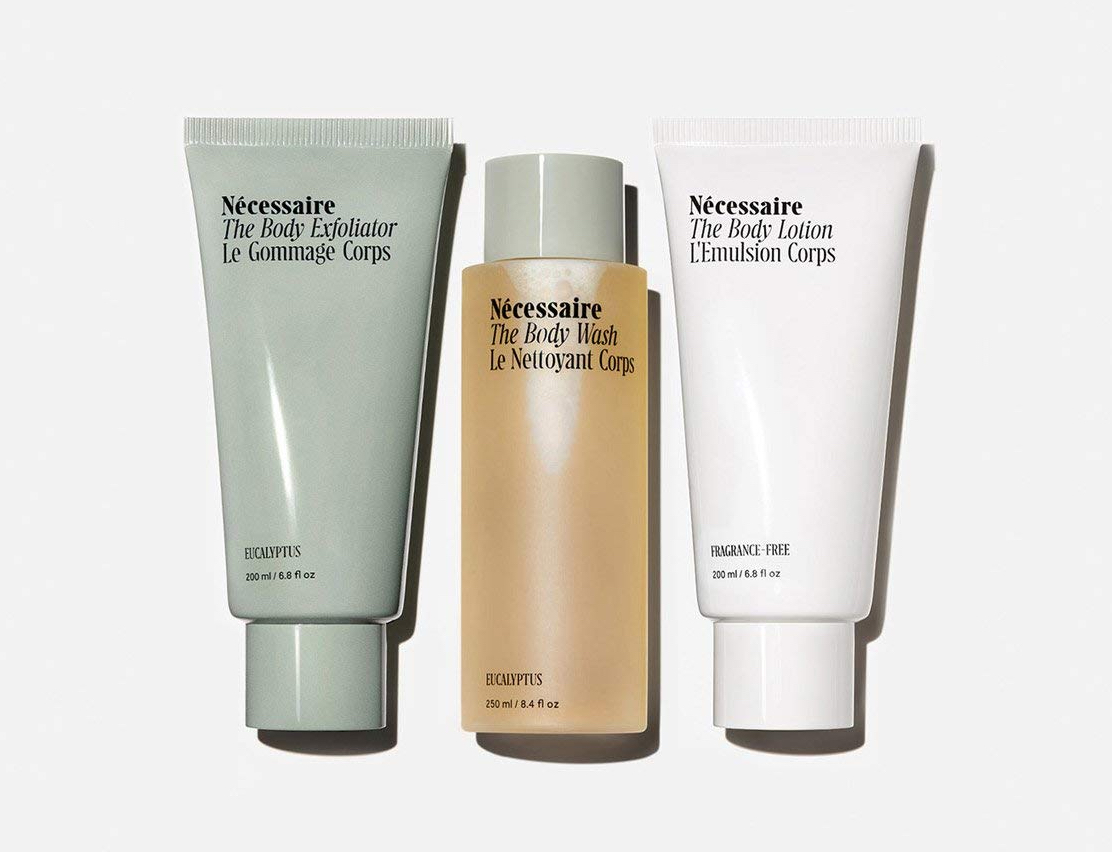
NIQ And Kline: 25 Indie Beauty Brands Ripe For Acquisition
Market research firms Kline and NIQ have identified 25 indie beauty brands ripe for acquisition, including Rare Beauty, Danessa Myricks Beauty, Jones Road, OSEA, Good Molecules, Dr. Squatch, Dossier and Nécessaire.
According to Anna Mayo, VP of the beauty vertical at NIQ, the brands are generating “multimillions of dollars of sales” yearly and have prominent retail distribution at chains such as Target, Walmart, Ulta Beauty and Sephora. She says, “They basically are at the level where a bigger conglomerate, in our opinion, would be interested in adding them to their portfolio.”
The brands are outlined in an October report entitled, “U.S. Analysis of Brands to Watch,” in which Kline and NIQ define indie beauty brands as those not owned by a large cosmetics company or corporate giant that may have funding from venture capital firms or others. The analysis covers beauty categories makeup, haircare, fragrance, skincare and toiletries such as deodorants, bath and shower products, and shaving merchandise. It’s informed by data for roughly $97 billion in online and offline sales in the United States.
Combined, the 25 brands’ sales grew more than 90% to nearly $1.4 billion for the 52 weeks ended July 15. By contrast, in the indie beauty market generally, NIQ estimates sales rose 15.7% to $30.5 billion in the 52 weeks ended June 17. Out of the 25 brands, makeup brands were responsible for about one-third of overall sales. Representing the second-largest category by sales, skincare brands were responsible for about one-fifth of overall sales.
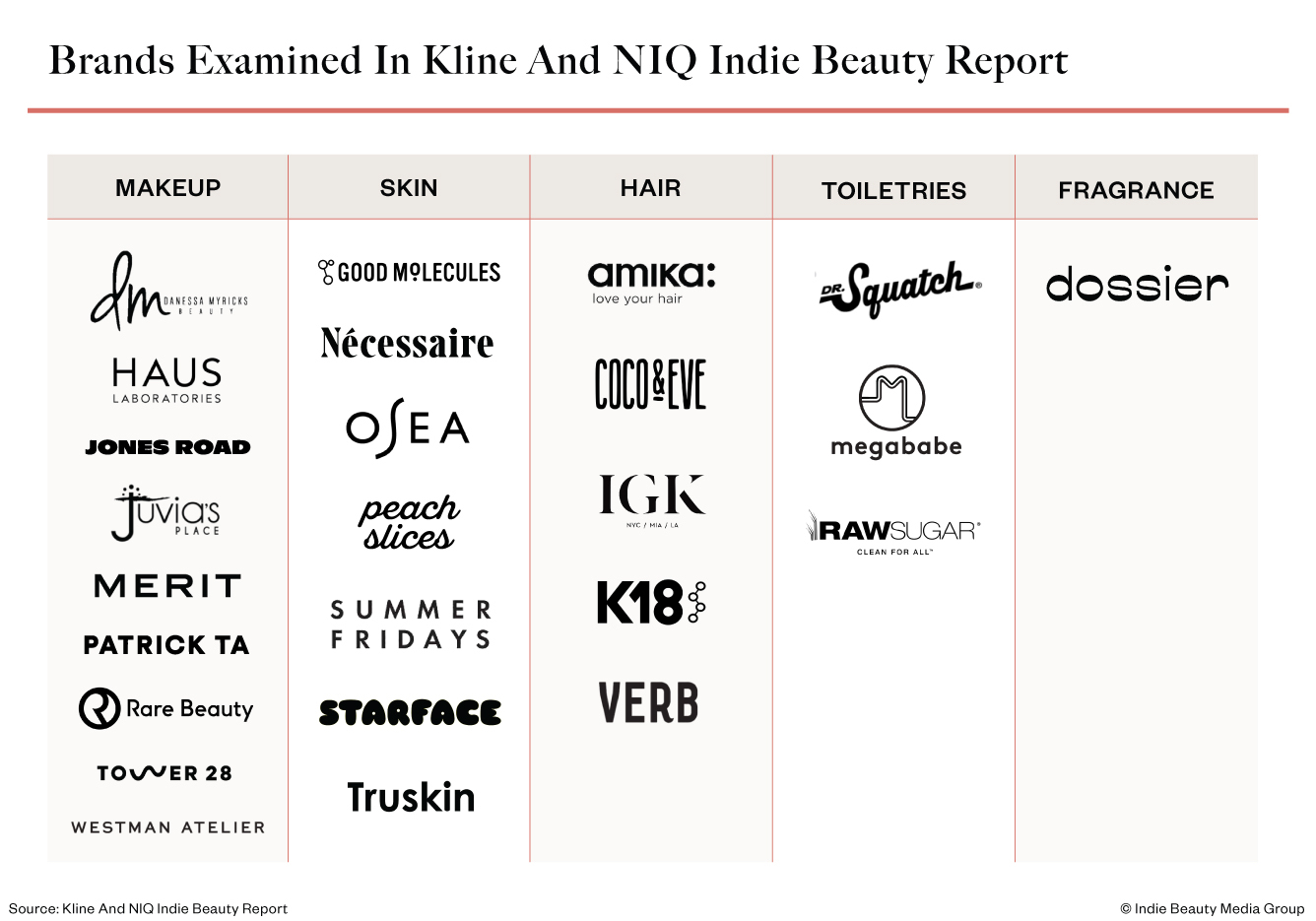
“When you look at this list of brands, they have all shown impressive growth, and they’ve all done it in a different way. There’s no one brand that you could mistake for another one,” says Mayo. “I think that’s a really amazing thing about the industry. Even with thousands of brands out there, there is still so much for innovation.”
Additional brands on the list are K18, Summer Fridays, Starface, Tower 28, Westman Atelier, Megababe and Raw Sugar. Based on the list, NIQ and Kline project that indie beauty will advance at a compound annual growth rate of 19% from 2023 to 2028 compared to 5% for total beauty in the same period. While they’re in sizable retailers, the firms note that the 25 indie beauty brands they pegged as primed for acquisition rely on e-commerce as their primary sales channel. On the whole, online sales constitute a 55% share of their business, but the online share has a significant range, from 24% for toiletries to 95% for fragrance.
Despite the brands’ reliance on e-commerce, Mayo suggests that retail is integral to the distribution equation of strong indie beauty brands. “The DTC space is challenging…A lot of the big DTC brands are actually declining online as it’s harder to reach customers there,” she says. “So, I definitely think we’re seeing the power of retailers, and even with retailers, the field is narrowing a little bit.”
“Even with thousands of brands out there, there is still so much for innovation.”
Mayo points out that the skincare and cosmetics categories have seen the greatest penetration of indie brands in the beauty industry. She explains purchase frequency is a factor in those categories’ indie brand penetration.
“People are making a lot of choices. That gives consumers a little bit more chance to experiment. They might be a little less willing to experiment with their haircare, where they know what shampoo works for them, and they’re going to stick with that,” she says. “With fragrance, it might be only purchasing once a year, but, if you’re purchasing cosmetics over 10 times a year, it gives you a little more chance to experiment with the routine. I think there’s also a lot of innovation, new product types coming out in those categories that gives people an excuse to try something new.”
Although fragrance is the category most controlled by conglomerates, Mayo spots an opportunity in it for indie beauty brands, particularly brands specializing in dupes like Dossier. Carried by Walmart, the brand’s bestseller, $49 Amber Saffron, is inspired by Baccarat Rouge 540, a perfume that sells for $325 to $465 on Baccarat’s website.
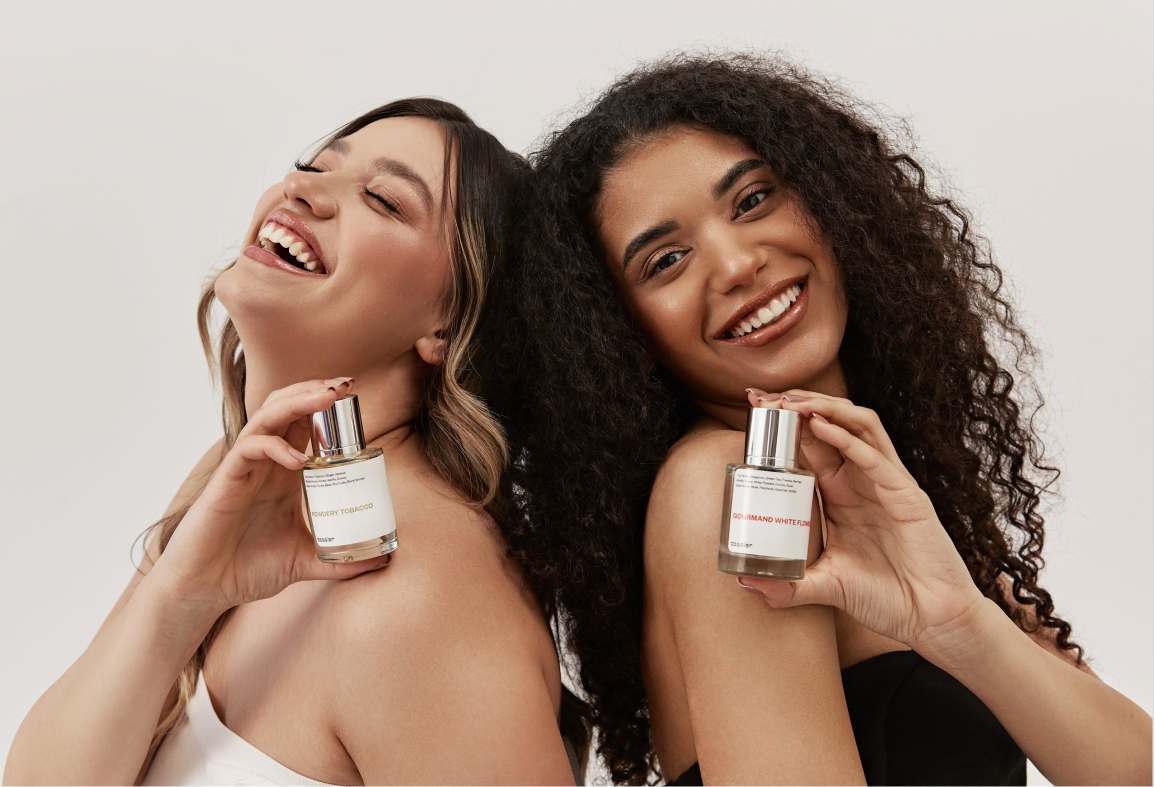
Mayo says fragrance dupes have “the potential to shake up that industry and really cause consumers to question, do I need to pay $120 for this bottle or can I pay 40? I’m watching that very closely because I think that’s really interesting, especially with younger consumers who might not be valuing those [duped] brands as much or might not have bought into the hundred-dollar-plus perfume…I think that some of those [dupe] products are really great. I mean I’ve tried some of the Dossier perfumes, and they smell amazing. They last a long time.”
In studying cosmetics sales, NIQ has discovered that dupes propel experimentation in new beauty categories and contribute to beauty sales lifts. Examining four duper cosmetics brands and five duped cosmetics brands, NIQ figures that sales of them are up, respectively, 42.1% and 53.5% in the 52 weeks ended July 15.
Despite indie beauty sales growth, not every indie beauty brand has prospered. Disco, Faculty, BalmLabs, Base Butter and Athr are among several brands that have closed lately or will close soon. Mayo doesn’t think the rate of indie beauty brand closures is out of ordinary for entrepreneurial companies. An oft-cited statistic is that 90% of startups fail.
Mayo says, “Launching a beauty brand is really challenging, and I think part of what’s hard when we do these reports and say here’s 25 amazing brands, we don’t talk about the hundreds and thousands of brands that were launched and didn’t get there.”

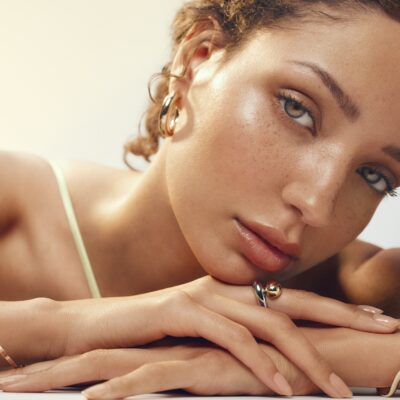

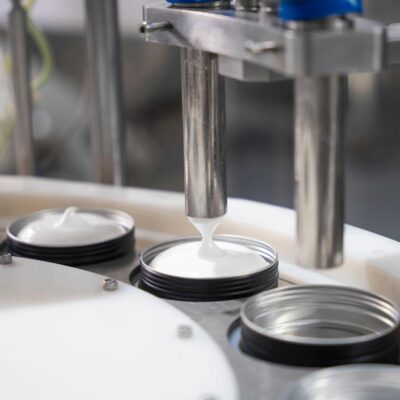
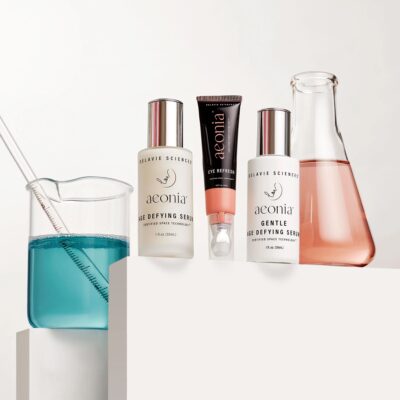
Leave a Reply
You must be logged in to post a comment.